What Is Interpass Temperature?
Interpass temperature refers to the temperature of a welded joint between successive welding passes. In multi-pass welding, each layer of weld metal is deposited in stages, and the interpass temperature is the measured heat of the joint right before the next pass begins. This temperature is critical because it directly affects the metallurgical properties of the weld, including strength, ductility, and resistance to cracking.
Why Is Interpass Temperature Important?
Controlling interpass temperature ensures the quality and durability of the weld. If the temperature is too high, it can lead to grain growth in the metal, reducing toughness and making the weld more brittle. Excessive heat can also increase the risk of distortion or residual stress. Conversely, if the interpass temperature is too low, issues like hydrogen-induced cracking or lack of fusion may occur. Maintaining the proper temperature range helps achieve consistent weld penetration, minimizes defects, and meets industry standards or welding procedure specifications (WPS).
How to Measure Interpass Temperature?
Interpass temperature is typically measured using tools such as:
- Contact Thermometers: Devices like thermocouples or surface probes provide precise readings by touching the weld area directly.
- Infrared Thermometers: Non-contact tools that measure temperature using infrared radiation—ideal for quick checks without disturbing the work.
- Temperature-Indicating Crayons or Sticks: Heat-sensitive crayons that melt or change color when the metal reaches a specific temperature.
Measurements should be taken close to the weld bead but not directly on it, ensuring an accurate reading of the base material.
Best Practices for Controlling Interpass Temperature
Maintaining the correct interpass temperature requires a combination of monitoring, technique, and planning. Some key best practices include:
- Follow the WPS: Always adhere to the specified temperature range outlined in the welding procedure.
- Allow Cooling Time: If temperatures exceed the maximum limit, pause welding to let the joint cool naturally before continuing.
- Use Preheating and Post-Heating: For certain materials, controlled preheating or post-weld heating can help maintain proper temperature and reduce the risk of cracking.
- Consistent Monitoring: Measure temperatures between each pass to ensure compliance throughout the welding process.
- Environmental Control: Minimize external factors like wind or drafts that could cause uneven cooling.
Conclusion
Interpass temperature plays a vital role in the quality and integrity of a welded joint. By understanding what it is, why it matters, and how to measure and control it, welders can prevent defects, meet specifications, and ensure strong, durable welds. Proper temperature management is not just a technical requirement—it’s a key factor in achieving safe, reliable, and long-lasting results in any welding project.

